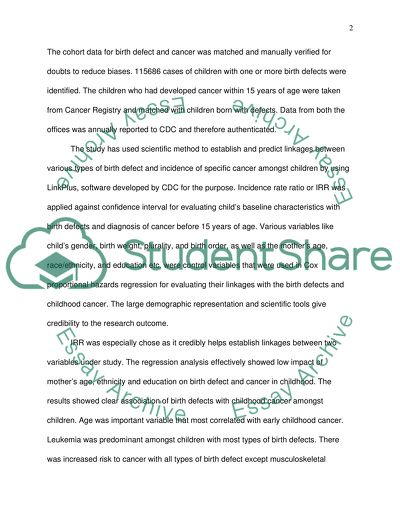Epidemiology Essay Example | Topics and Well Written Essays - 750 words. Retrieved from https://studentshare.org/health-sciences-medicine/1465509-epidemiology
Epidemiology Essay Example | Topics and Well Written Essays - 750 Words. https://studentshare.org/health-sciences-medicine/1465509-epidemiology.


